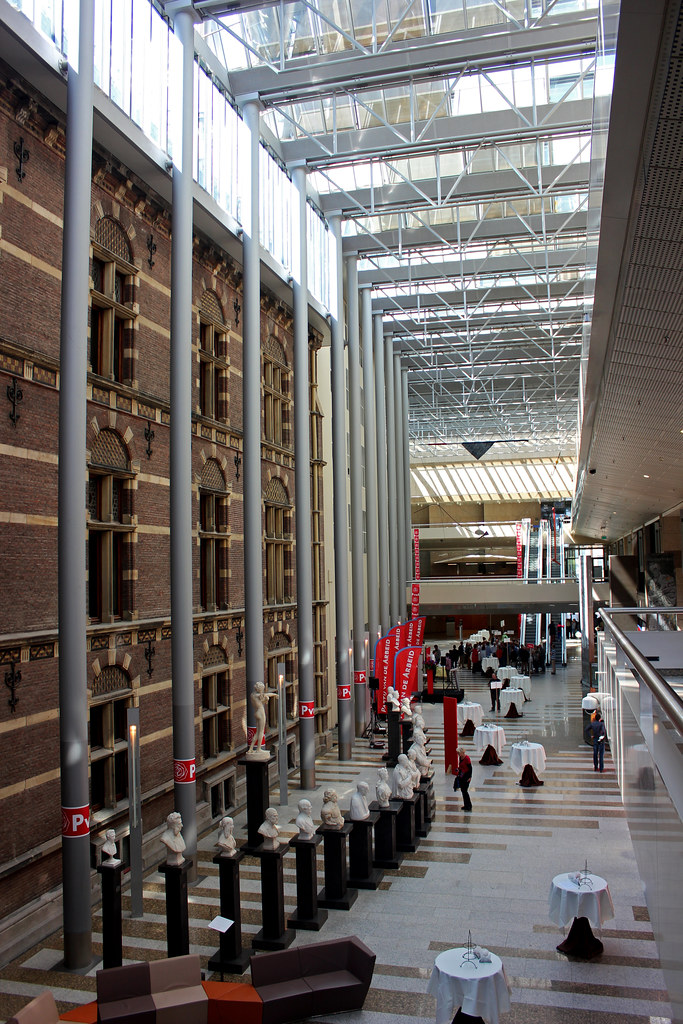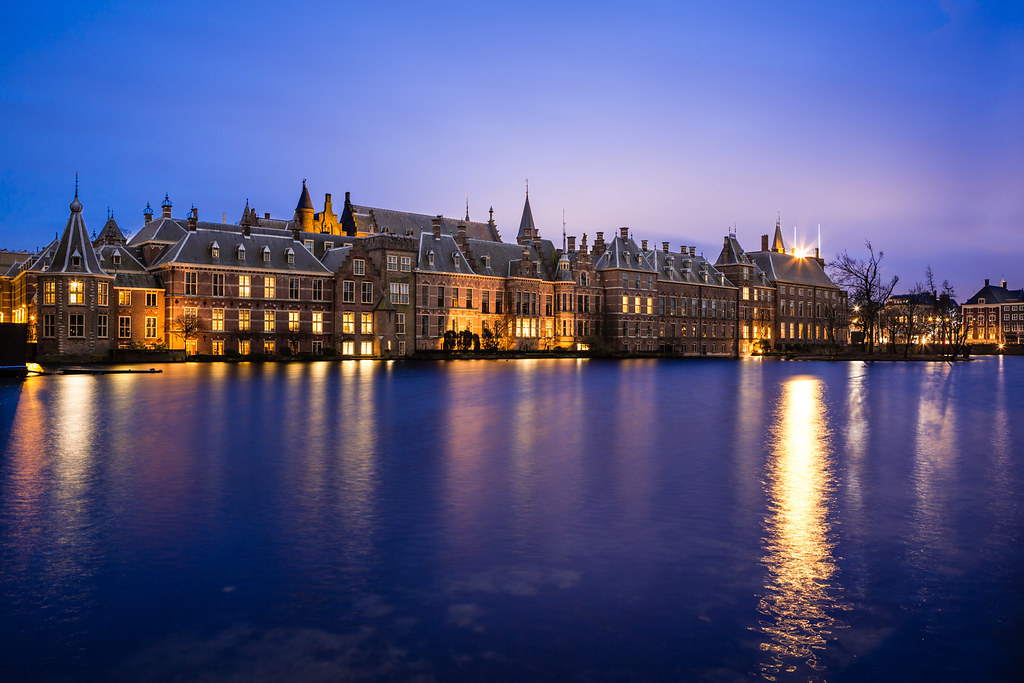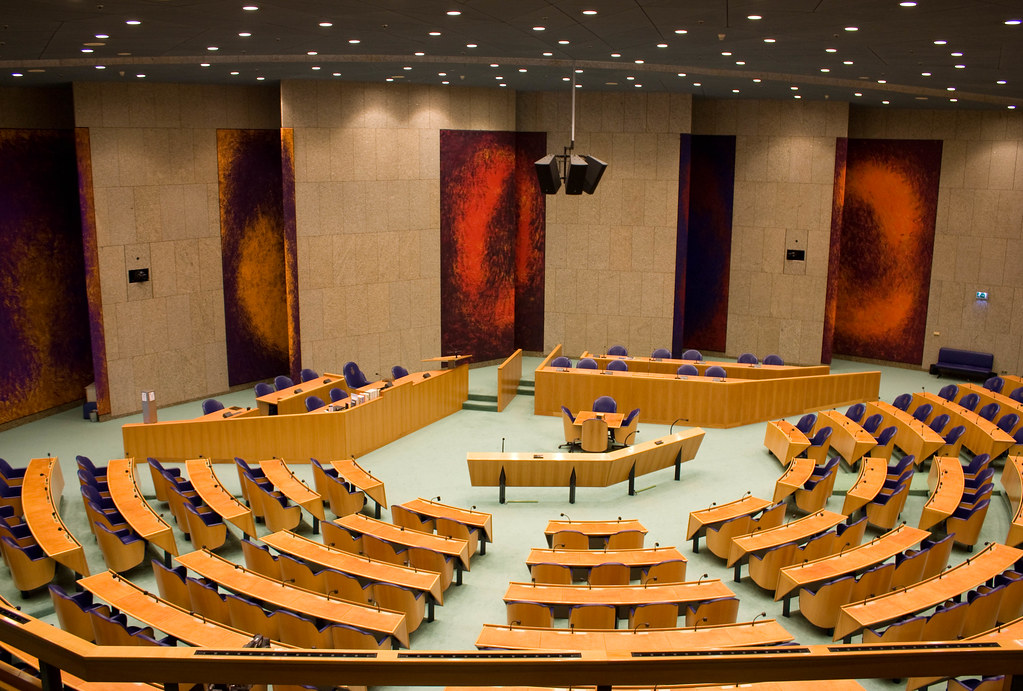200 Years Dutch Staten-Generaal! Posted by Sten on Oct 10, 2015 in News
2015 is a year of anniversaries! The celebrations for 200 years of Dutch Kingdom just ended. That started in 1815. And the province Drenthe turned 200 years old. It is also the year that the Dutch Staten-Generaal (States-General) turned 200 years old. What is this Staten-Generaal exactly?
It is the word that refers to the Dutch Eerste Kamer (First Chamber, senate) and Tweede Kamer (Second Chamber, parliament), comparable to the American Senate and House of Representatives, respectively.
The Eerste Kamer consists of 75 members chosen by the Provinciale Staten, which are the councils of representatives of each province. These representatives are directly elected by the people of that province. However, this was not always the case. Between 1815 and 1848, they were chosen and appointed by the King or Queen of the Netherlands. The number of members was also not always the same. It started with 40 to 60 members, was reduced and then increased again to the current 75 in 1956.
The Tweede Kamer is made up of 150 members elected directly by the people. There was a time that there was 1 representative per 45 000 citizens, but in 1956 the number was fixed to 150. Today this means that 1 member of the Tweede Kamer represents around 113 000 citizens!
Both Kamers meet in a building complex called the Binnenhof in Den Haag. In these buildings, the minister-president also has his office (het torentje, all the way on the left of the picture below) and the kabinet (all ministers together) meets in the complex every week as well.
However, the Tweede Kamer has moved in 1992 from their hall in the Binnenhof to a new building adjacent to it.

Foyer of the building of the Tweede Kamer since 1992. As you can see by the walls on the left, it was built right onto the Binnenhof. (Image by Christian van Elven at Flickr.com)
200 years
As the title of this post suggests, the Staten-Generaal turned 200 years. And for the current Staten-Generaal, with both chambers, this is true. However, the Staten-Generaal already existed long before that time – last year it turned 550 years! Back in 1464, the Staten-Generaal referred to the three status of representatives of the people, whose support and consent the king needed to be able to reign properly. These were high clergymen, knights and the bourgeoisie. The French word états, which referred to these three status was translated in Dutch to Staten. This definition also counts for the earlier mentioned Provinciale Staten.
The anniversary of the current Staten-Generaal celebrated how special it is that the current parliamentary system is still in place, and that the Netherlands has one of the oldest parliaments in the world.
How old is the parliament in your country?

Build vocabulary, practice pronunciation, and more with Transparent Language Online. Available anytime, anywhere, on any device.
About the Author: Sten
Hi! I am Sten, both Dutch and German. For many years, I've written for the German and the Dutch blogs with a passion for everything related to language and culture. It's fascinating to reflect on my own culture, and in the process allow our readers to learn more about it! Besides blogging, I am a German-Dutch-English translator, animator and filmmaker.






